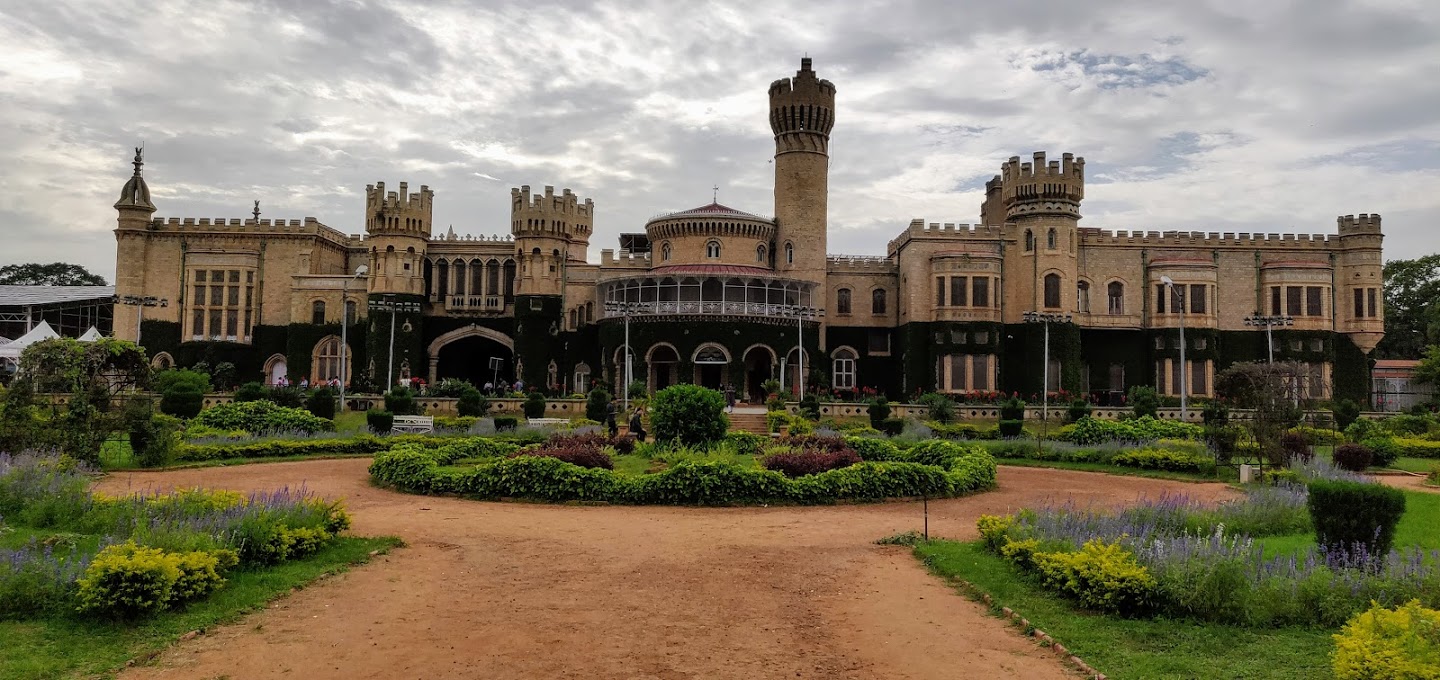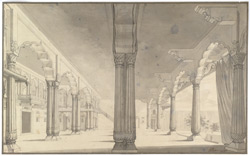The towering monolith of Madhugiri stands as a testament to architectural brilliance and historical resilience, rising from the semi-arid landscape of Karnataka's Tumkur district. Its origins trace back to the 17th century, when Raja Hire Gowda of the Vijayanagara dynasty envisioned a strategic defensive outpost that would protect his realm from recurring threats. The fort's construction was a marvel of engineering, harmonizing granite stones with the natural contours of the steep hill, creating a formidable stronghold that would witness centuries of political transformation.
The architectural ingenuity of Madhugiri Fort is most evident in its complex system of gateways, walls, and bastions. The infamous 'Diddibagilu' or 'Gate of Hell' exemplifies this strategic design, featuring intricate passages and secret escape routes that would confound potential invaders. Massive granite walls snake along the hill's gradient, punctuated by watchtowers that offered unobstructed views of the surrounding terrain, making the fort an ideal observation point during turbulent military campaigns.
Throughout its history, the fort changed hands multiple times, reflecting the dynamic political landscape of Karnataka. After the Vijayanagara Empire's decline, local chieftains briefly controlled the fort before the Mysore Wodeyars claimed it. The most significant transformations occurred during Hyder Ali and Tipu Sultan's reign in the 18th century, when they further fortified the structure, understanding its critical strategic importance in their resistance against British colonial expansion.
The fort's cultural significance extends beyond its military utility. A temple dedicated to Lord Gopalakrishna, showcasing exquisite Hoysala architectural elements, stands as a spiritual anchor within the complex. The surrounding landscape, known as 'honey-hill' or Madhu-giri, derives its name from the numerous honeybee colonies that historically inhabited the hill, adding a layer of natural mystique to the site's rich narrative.
During the Anglo-Mysore Wars, Madhugiri Fort became a pivotal battleground, symbolizing resistance against British colonial ambitions. Its capture in 1791 marked a significant moment in regional history, representing the complex power dynamics that shaped the subcontinent's political landscape. Local legends speak of hidden treasures and tales of valor, with stories suggesting that the honeybees themselves acted as natural guardians, striking intruders who ventured too close.
The fort's strategic position provided more than just military advantages. Its elevated location offered panoramic views of the surrounding countryside, making it an essential observation point during conflicts. Bastions equipped with cannons served as vantage points to monitor enemy movements, while carefully designed granaries ensured sustenance during potential sieges. This multifaceted approach to defense showcased the sophisticated military planning of the era.
Today, Madhugiri Fort has transformed from a military stronghold to a popular trekking destination. The 3.5-kilometer trek, taking approximately 2-3 hours, offers visitors a journey through history and breathtaking landscapes. However, the fort's deteriorating structures serve as a poignant reminder of the need for dedicated preservation efforts to protect this significant historical monument.
The surrounding town of Madhugiri continues to celebrate its rich cultural heritage, hosting festivals like the Kambadahalli Kere Utsava that attract visitors from across the state. While the fort itself may no longer serve military or administrative purposes, it remains a powerful symbol of Karnataka's complex and resilient historical narrative, inviting explorers and history enthusiasts to uncover its many layers of significance.
Enhance your journey with these nearby attractions that offer similar cultural experiences

Chikkaballapur, Karnataka
Scenic Karnataka hills with rich historical and cultural heritage

Bengaluru, Karnataka
Tudor-Style Royal Palace Showcasing Wadiyar Dynasty's Architectural Legacy

Bengaluru, Karnataka
Tipu Sultan's Summer Palace: A Jewel of Indo-Islamic Architecture

Mandya, Karnataka
Spiritual Haven of Shiva's Ancient Monastery in Karnataka Hills